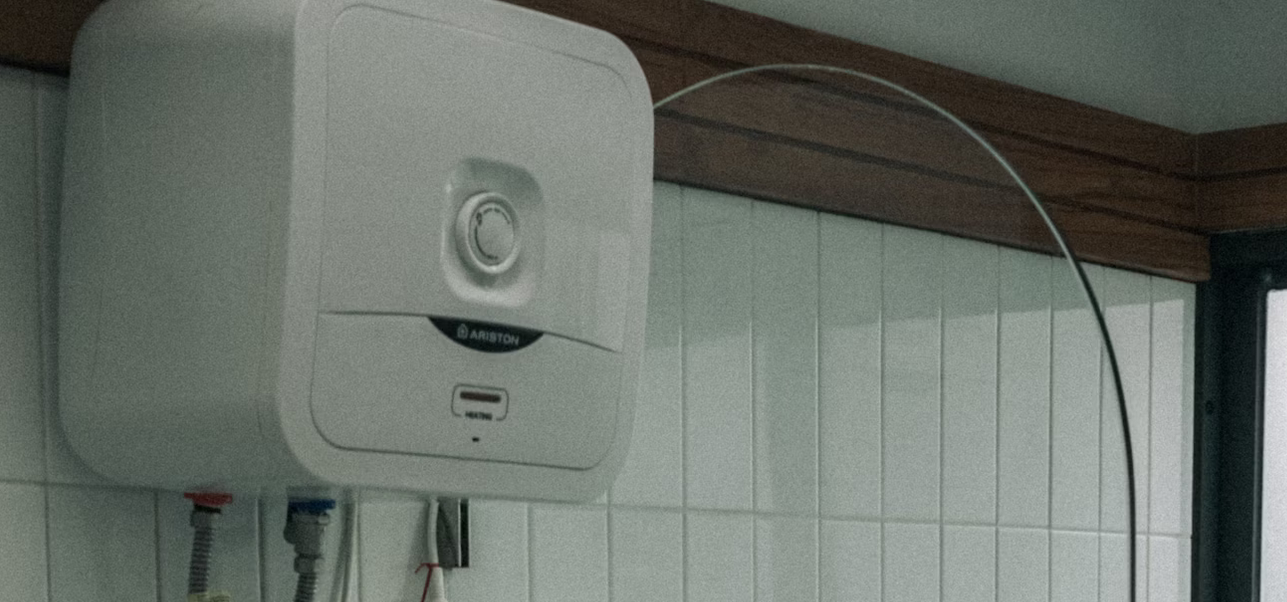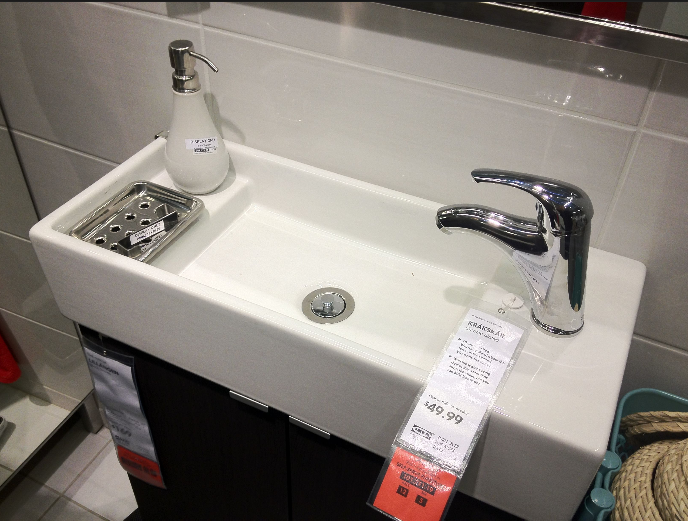Avoid Emergency Breakdowns With Timely Water Heater Tank Replacement

A sudden loss of hot water can disrupt your entire day, especially if it happens during colder months or when guests are visiting. Emergency breakdowns are not only inconvenient but also costly, often requiring urgent repairs or full system replacements. Taking proactive steps to replace an aging water heater tank before it fails can save you stress and money in the long run. Key components like the water heater valve play a critical role in regulating temperature and pressure, and when they begin to fail, it’s often a sign that your system needs attention. Replacing your water heater on time helps maintain efficiency and ensures a steady, reliable supply of hot water.
Some Warning Signs
Water heater tanks rarely stop working without showing warning signs. The key is knowing what to look for. A tank that is more than 10 years old is already past the average lifespan for many models, especially if maintenance has been minimal. Signs like rust-colored water, strange noises coming from the tank, inconsistent water temperatures, or visible leaks around the base are all red flags that the unit is nearing the end of its life. If your energy bills are creeping up without explanation, your heater may be losing efficiency and working harder to maintain the same output.
The Cost of Waiting Too Long
Waiting for a complete failure before replacing your water heater can lead to bigger issues. A ruptured tank can flood your utility room or basement, potentially damaging flooring, insulation, or stored belongings. In emergency cases, you’ll likely have to settle for whatever unit is available right away, which may not be the best fit for your home’s needs or energy preferences. Rushed installation during off-hours can also come with premium labor charges. Being proactive gives you time to explore your options and schedule the replacement at your convenience.
Benefits of Planned Replacement

Timely replacement is not just about avoiding inconvenience—it’s also a smart financial move. Modern water heaters are more energy-efficient, which can reduce your monthly utility costs over time. Choosing the right unit, whether it’s a traditional tank model or a more advanced hybrid or tankless system, allows you to tailor the upgrade to your home’s hot water usage and your long-term goals. Professional installation during regular business hours is also generally more affordable and thorough.
Upgrading for Safety and Efficiency
Replacing your water heater tank is also an opportunity to improve safety. New models come with better temperature controls, built-in leak detection, and energy-efficient insulation. If your current setup lacks important components like a pressure relief valve or expansion tank, now is the time to address those gaps. You may also be able to reposition the unit or improve venting systems during the upgrade, making your home safer and more functional in the long run.
When to Plan Your Replacement
The best time to replace your water heater is before it fails. Most experts recommend evaluating your unit once it reaches the 8-to-10-year mark, especially if you’re noticing performance issues. If you’re unsure about its condition, a quick inspection by a licensed plumber can provide clarity. Acting before a full breakdown ensures you’re not caught off guard and allows you to prepare both financially and logistically.
Avoiding emergency breakdowns begins with awareness and timely action. Replacing your water heater tank before it fails protects your home, improves energy efficiency, and ensures your daily routines aren’t interrupted. Don’t wait for cold water to be the first sign of trouble—stay ahead of the curve by planning your replacement on your terms.


